GAD: The fortune of Garden Art Design/ Avant – garde
…
300 pages
1 file

Sign up for access to the world's latest research
AI-generated Abstract
The European Garden Art Design programme seeks to link public gardens and parks with artistic expressions, enhancing both individual personality and overall quality of life. This innovative initiative, involving cities like Zografou, Florence, Sevilla, and Tallinn, aims to create a collaborative intercultural approach that fosters artistic creativity in garden design. By assessing the interplay between contemporary art and gardens, the project emphasizes the significance of landscape design in social activity and seeks to promote sustainable networking through various exhibitions and publications.
Figures (395)






























































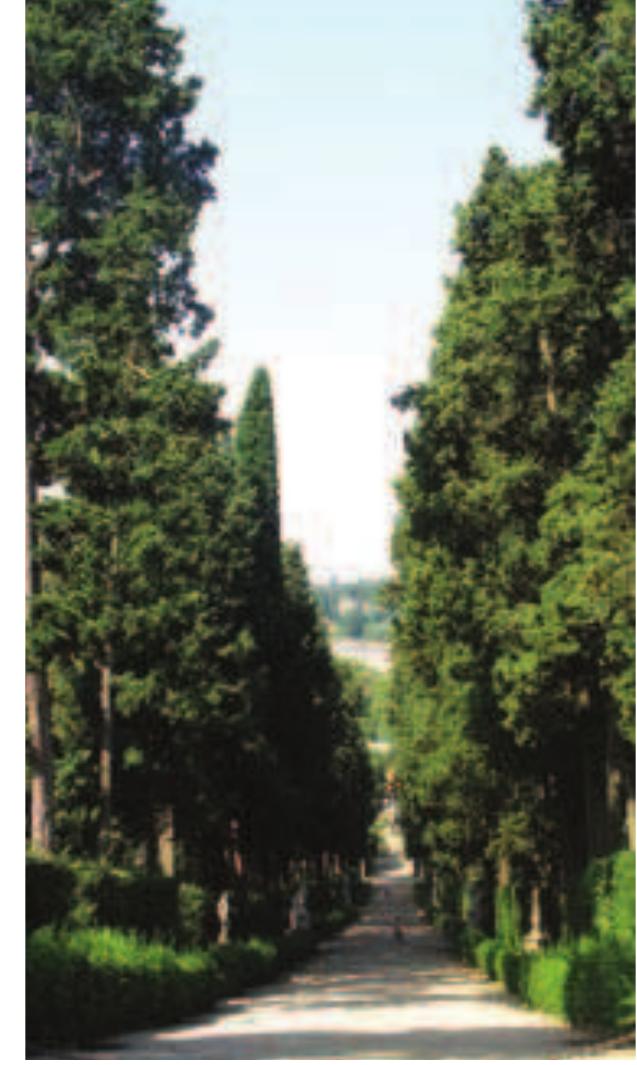


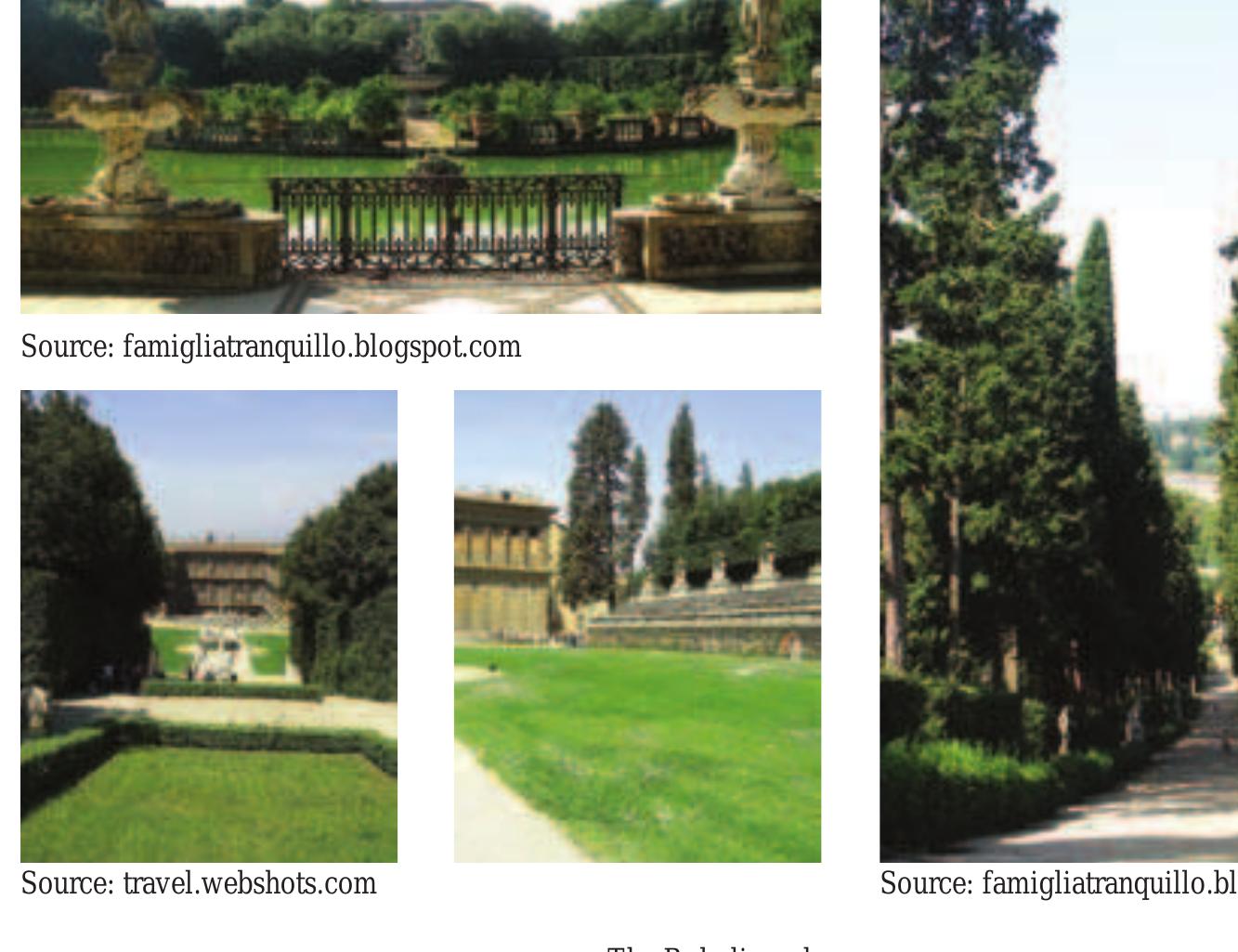




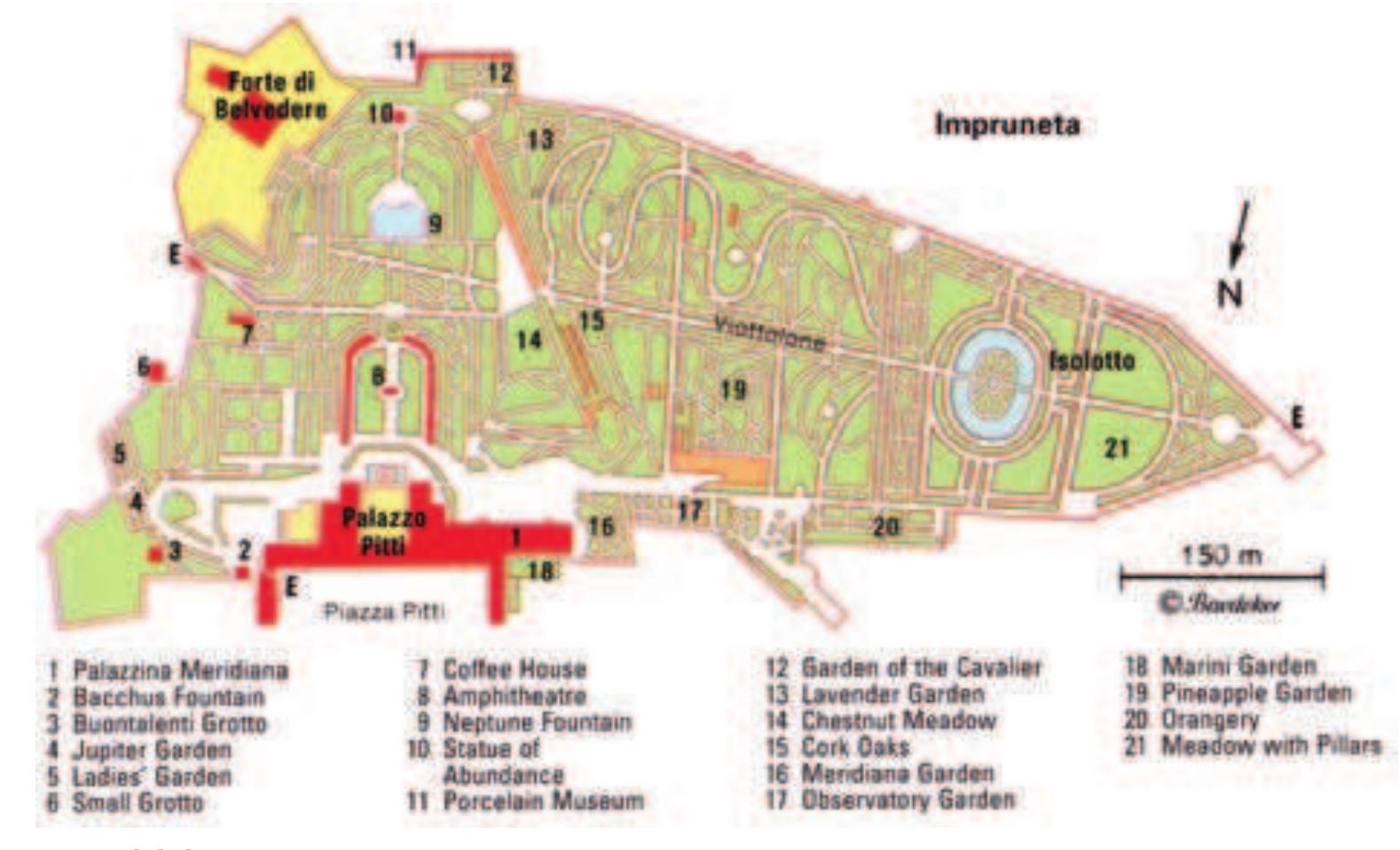











































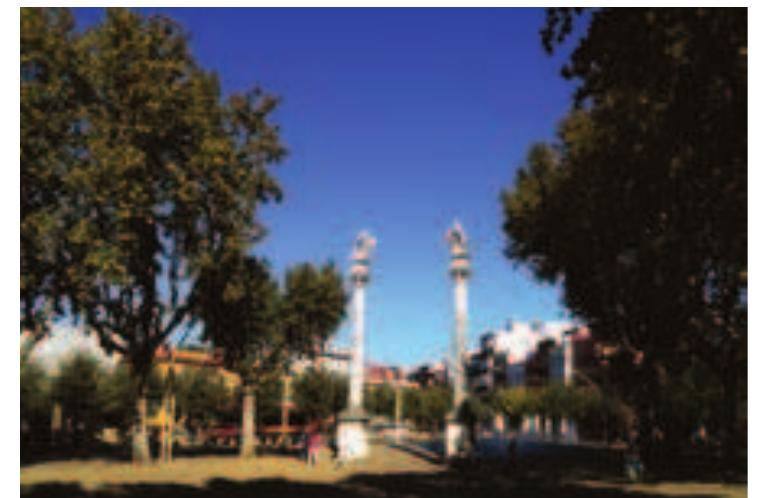



































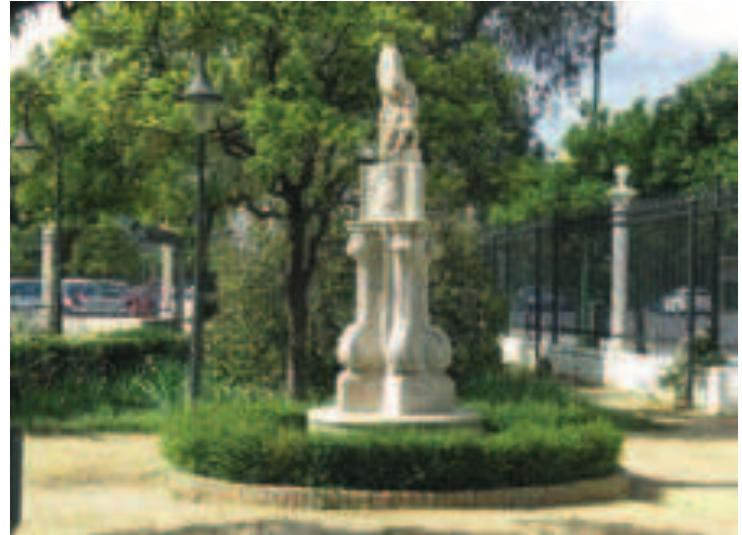

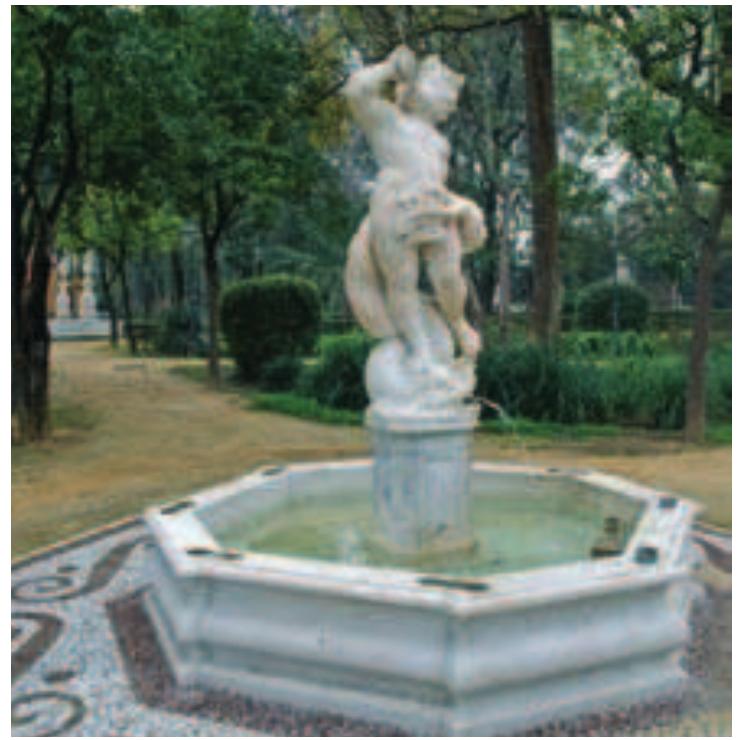





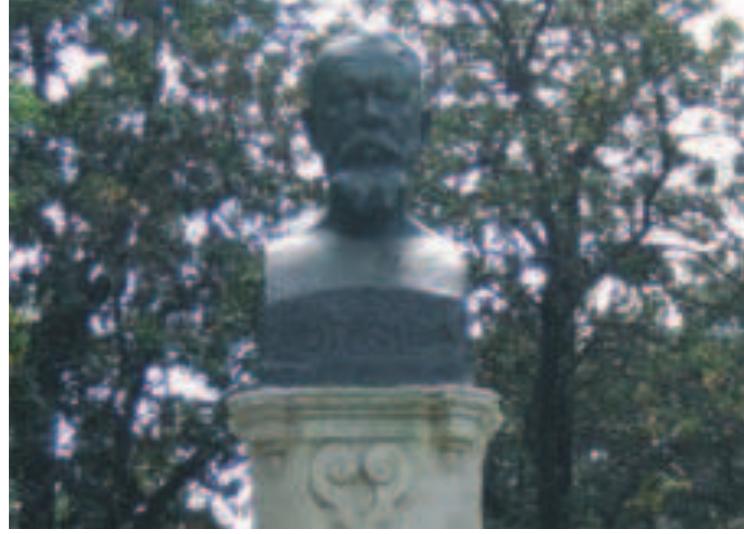

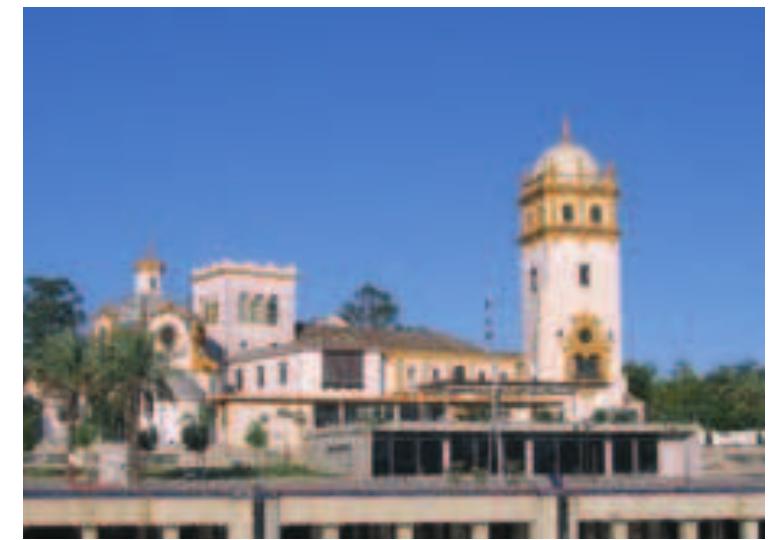







































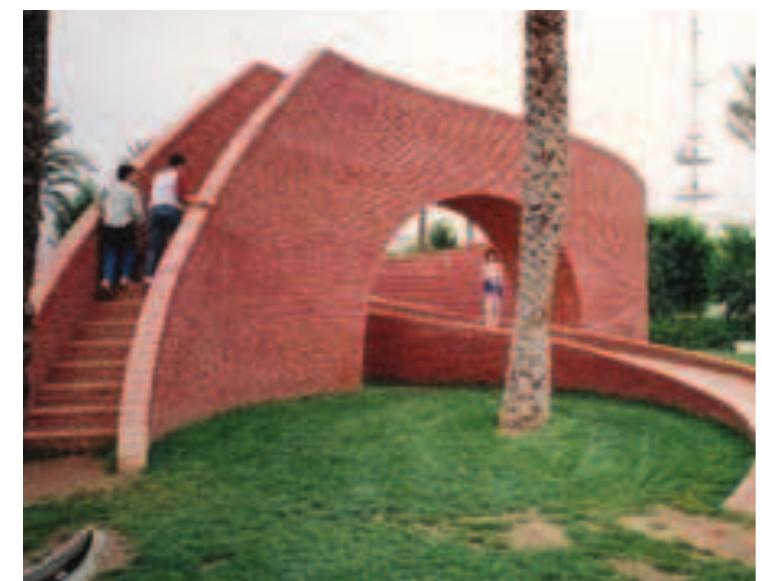




















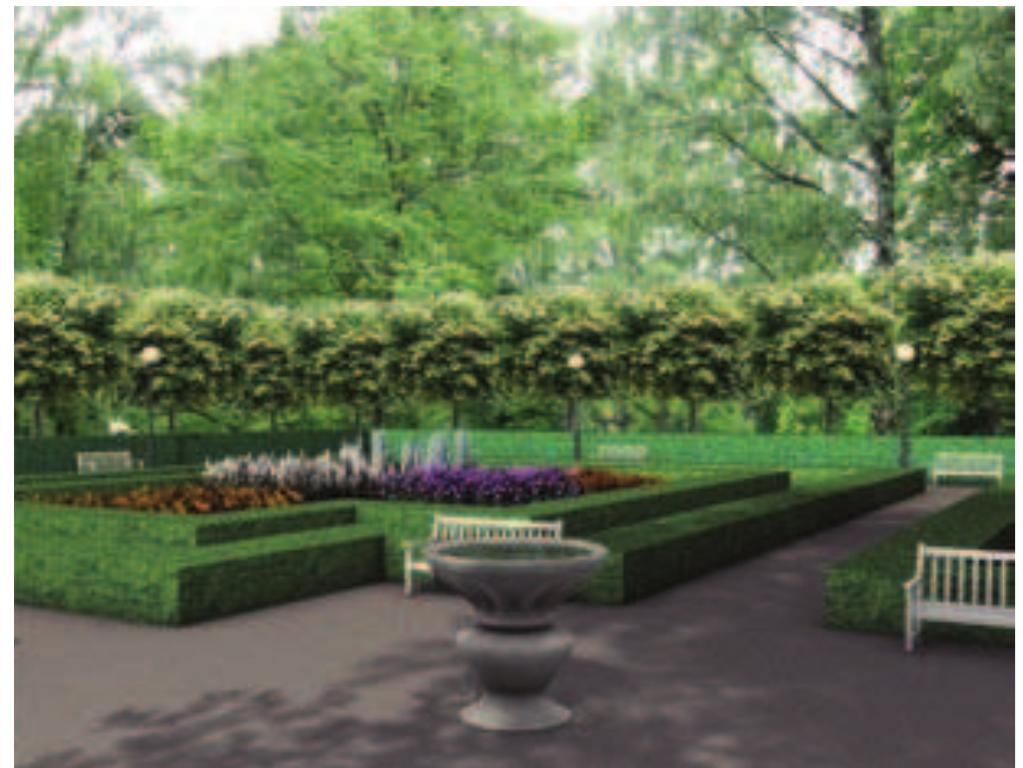











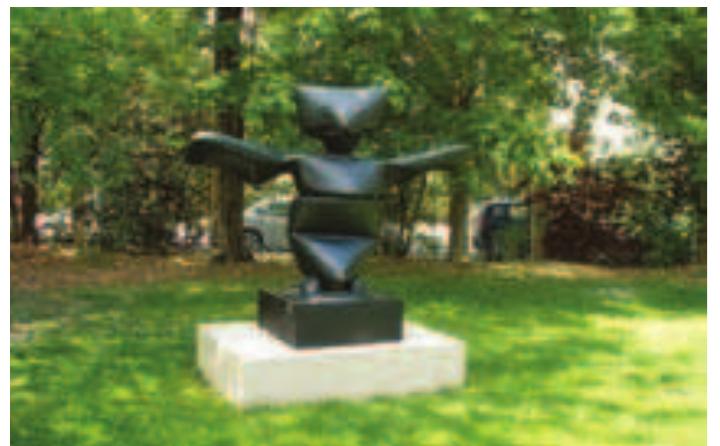





































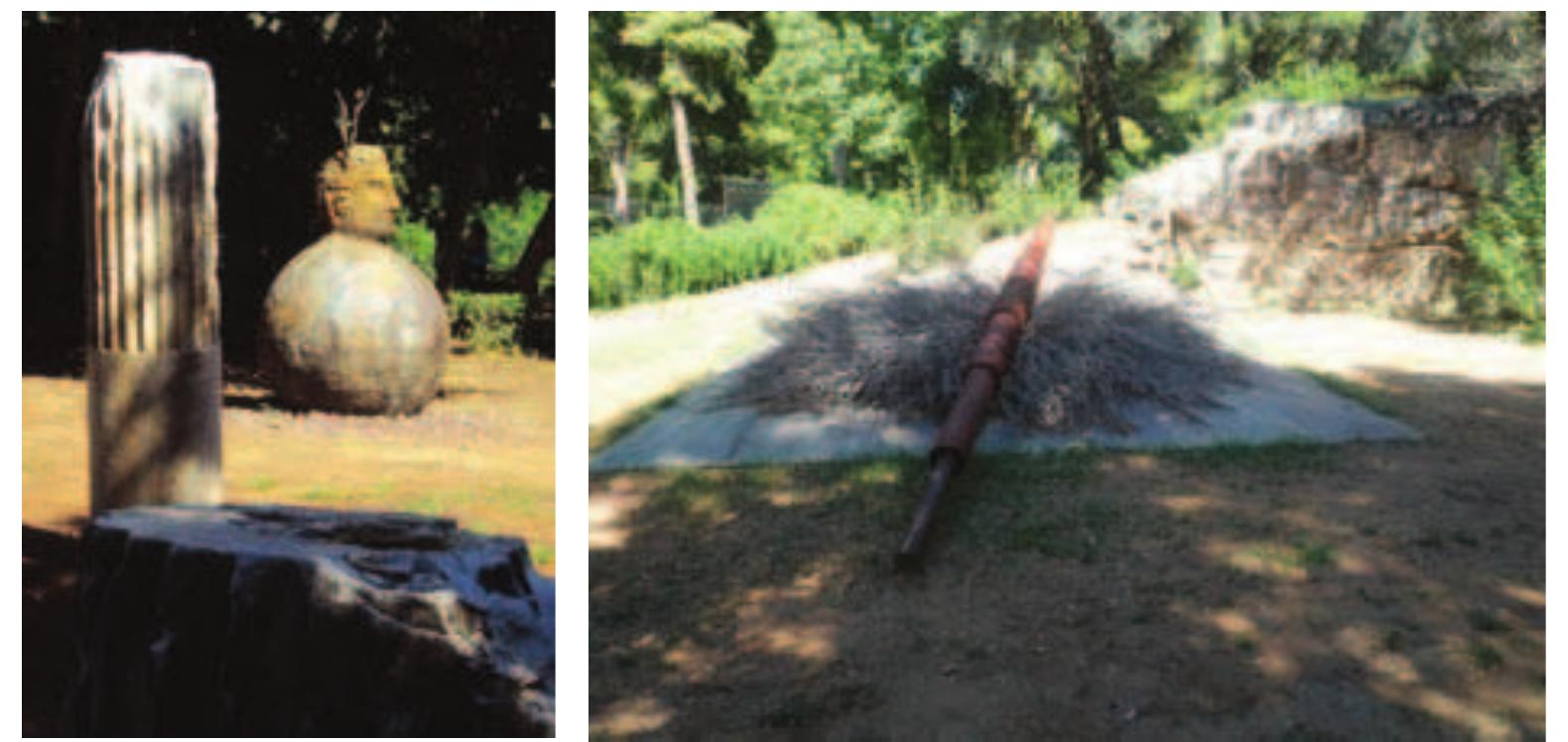

































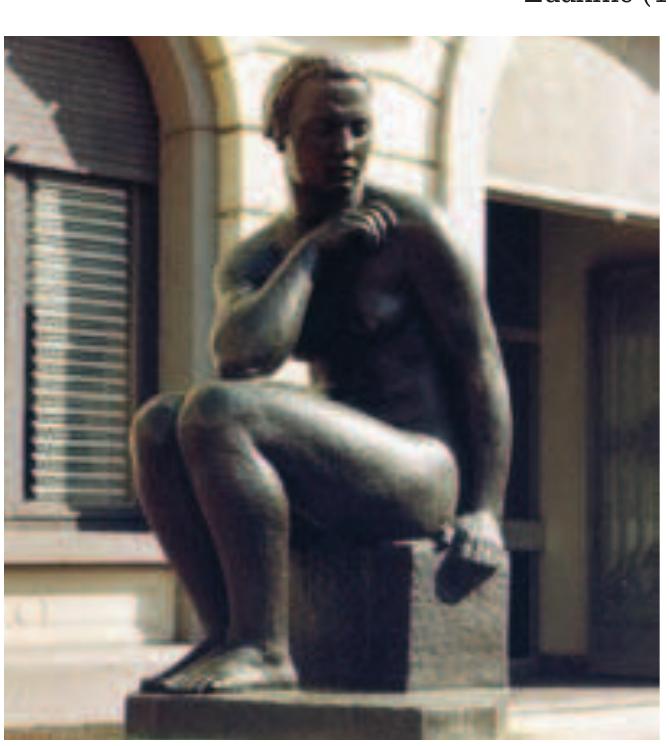



























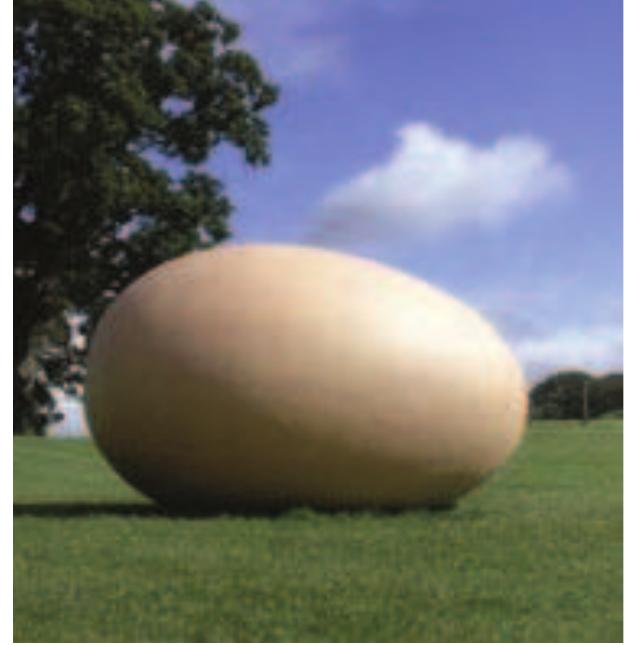





























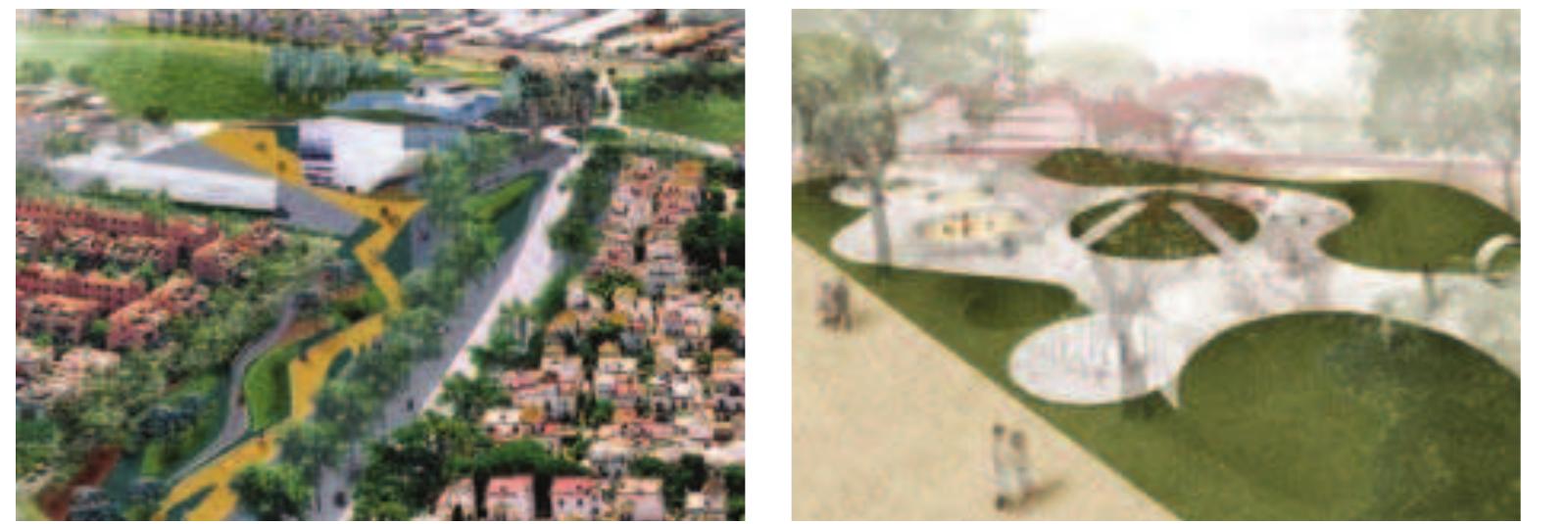
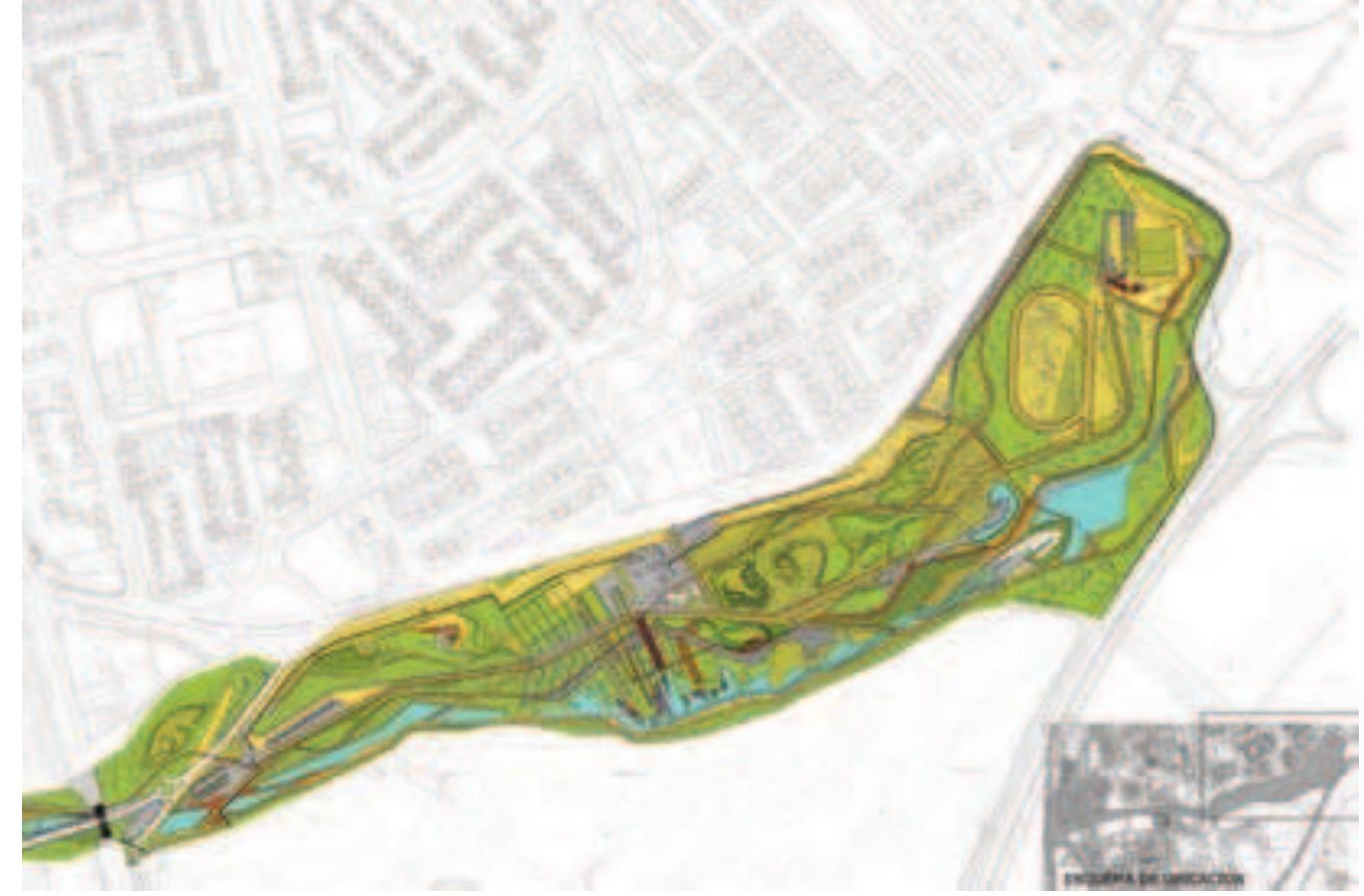


















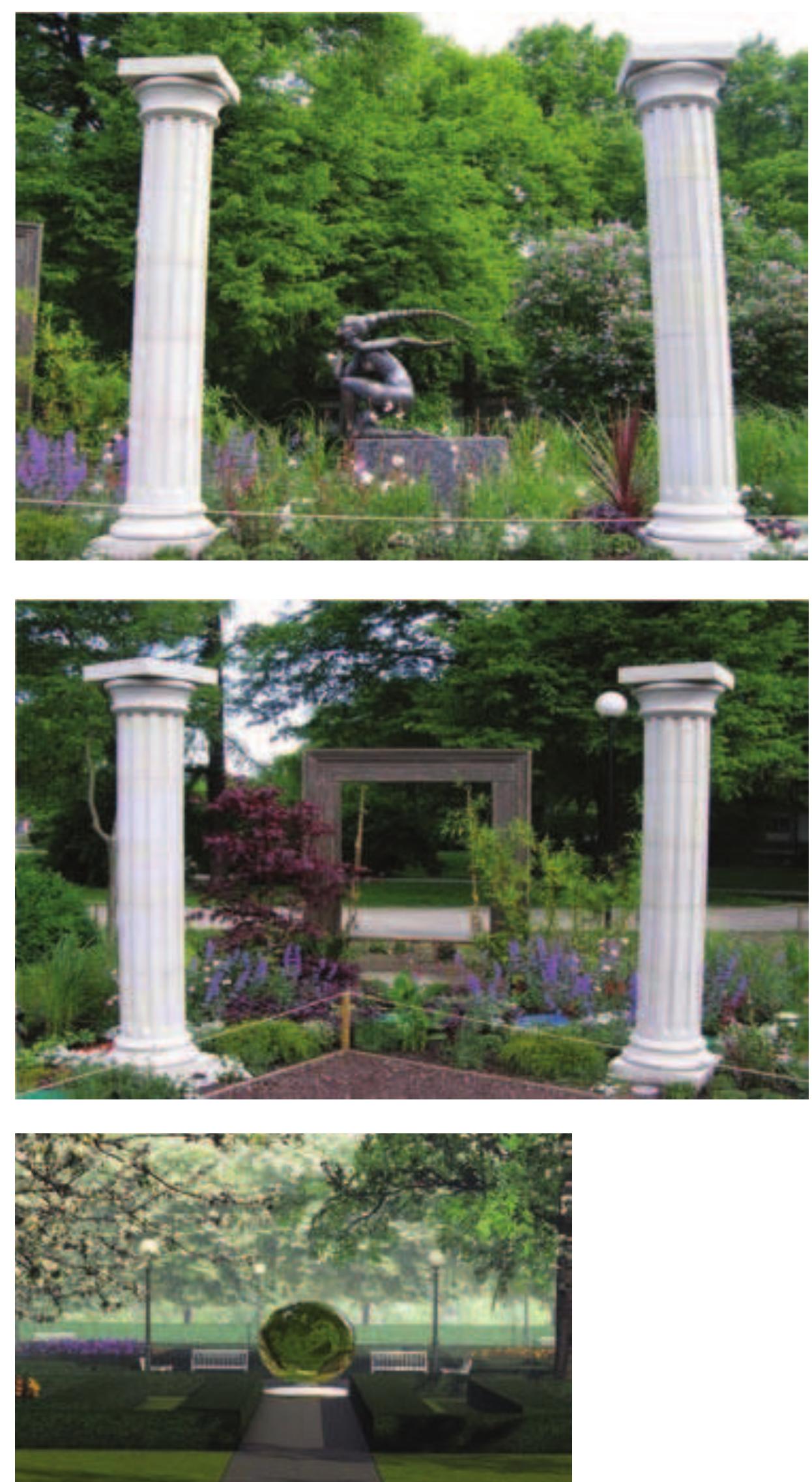











Related papers
In this paper, changes and transformations in the city of Thessaloniki’s open spaces are thoroughly exhibited through historical archives, photographs, maps, and other forms of spatial analysis. The aim of the study is to demonstrate how socio‐economic and environmental ethics shaped the urban open space of Thessaloniki. The city of Thessaloniki has been a multicultural crossroads for over 2,000 years. Founded around 315 BC it hosted Greek Macedonian, Roman, Byzantine, Ottoman, Muslim, Bulgarian, Jewish, Western European and Greek populations who all thrived in the city. Their ‘cultural footprint’ is actually or semantically evident through out its cityscape. Religious ethos and cultural aesthetic criteria successively shaped its fabric and transformed its landscape through an interdisciplinary cultural past. Consequently, landscape and cityscape create an amalgam revealing interesting open spaces, which support everyday modern life. The ‘Jerusalem of the Balkans’ has very much been shaped by people’s autonomy to express personal and cultural ethos in open spaces and thus shaping design preferences and aesthetics. The study presents, through literature review, the way the main urban landscape elements, have been influenced and transformed. The main landscape elements studied are a) vertical and horizontal urban tissue on a grid form, 30 Everyday Landscapes – Vernacular and Urban Change including the sea front and harbor, which comprises the backbone of all city’s transformations, b) archaeological and religious monuments and their surrounding environment such as eclectic villas, old Byzantine churches, the city walls c) the urban post‐military camps and d) green open spaces. In addition, the city is expanding to the east and west forming a drosscape ready to be subjected to environmental, social and economic ethics and aesthetics. Globalization of preferences, such as mobility, temporality, leisure time, working conditions, market distribution etc. present a challenge for the cityscape and for its former and new open spaces. Keywords Cultural landscapes, historical landscapes, landscape ethics, Greek landscape
2015
This paper sets out to interpret the phrase ‘the city landscape’. Beginning with landscape aes‐ thetics based on two categories — the picturesque and the sublime — the author attempts to demonstrate that a city can be interpreted in terms of a cultural landscape. This necessitates a re ‐interpretation of the category of the sublime, whereby, through references to Edmund Burke, Theodor W. Adorno and Arnold Berleant, the sublime assumes the nature of a category which determines the existential situation of a person in the world. Here, the sublime provides people with an impulse to undertake efforts to fashion their surroundings and forge the essence of the living world. As such, the sublime also becomes a category that promotes social activi‐ ties aimed at improving the quality of life in a city, such as the activities of ‘urban gardeners’.
2016
Visual art has never been and will never be a hermetic, selfsufficient field focused on a purely aesthetic function. On the contrary, in the course of time it has been enriched with connotations that go far beyond this status, especially after the beginning of the 2 nd millennium. One might even say that contemporary art derives its strength exactly from its interference with other fields of knowledge, and more and more people acknowledge the role it plays in obtaining multiple benefits from these. The present paper discusses a particular case among these partnerships, namely the point of confluence between art and landscaping, from the point of view of their cohabitation in the public space. The artist borrows the means, practices and material from the landscape architect, thus expanding the possibilities of art to express and relate to the world. Through such artistic manifestations, art will strengthen its role and involvement at a social level, opening new fields of critical ana...
This paper demonstrate the current situation of the urban park (Pedio Areos) in the centre of Athens and deals with its management issues. Two major problems are the daily maintenance and safety. As it is known, parks offer a locality where the city dwellers might achieve the objectives of a relaxing and pleasant process, such as walk in safety, cycle, enjoy the nature, sunbath and their children play safely as well. All these can be accomplished with assumption that the park proper designed and organized. Landscape Design is essential to a synthesis of the climate, geography, culture, history, and physical design fields. It is based on "cultural climate" that creates variety and originality of urban views and landscape. The analysis of the structure of regional landscape focuses on the mutual relations between urban structures and natural features. They give new aesthetic design concepts to civic and landscape design. Some of the results, of the research, also illustrate that people need to spend their free time in a more colourful, natural, aesthetic environment, with variation of landscapes. Following the examination of questionnaires, the designer is given the possibility to take into account the views of users and combining them with his personal identity, be able to create an appropriate master plan of the external area and a detailed design.
2012
Public spaces are the structural elements of any architectural environment, areas of socialcohesion, spaces of coexistence, outbreaks of urbanity programmatically designed to attract all typesof public, to reunite the citizens of the city and to improve the dynamics of the urban space; in oneword, the city’s front window. The quality of urban space is primarily determined by the quality of thepublic areas belonging to the city, the areas that the city offers for common use to its inhabitants. Theaesthetic of landscape improvements have benefic influences on the cultural and artistic education ofcitizens and on their moral well-being. This study aims to establish the aesthetic values generated bythe structural elements of landscape improvements and their influences on human perception. Once theaesthetical values being identified, the paper tries to establish parameters for measuring the quality ofpublic space, and in the end, aims to generate hypothesis whose final goal is to incre...
IJASS JOURNAL, 2024
Landscape results from interactions between natural and human elements, symbolizing a society's cultural essence. As a field, landscape architecture captures this evolving interplay in four-dimensional designs, reflecting the passage of time and closely engaging with art. Public art, in turn, enhances urban landscapes by embedding cultural and social expression, often through installations using natural or synthetic materials, either temporary or permanent. These artistic additions uplift urban aesthetics, communicate cultural identity, and foster a sense of place, making public spaces more engaging and appealing while also addressing social issues and supporting the local economy.In cities, the symbiosis between landscape and public art creates spaces that resonate with community identity and values, embedding memories and a sense of belonging into the urban texture. As cities develop, the role of public art in landscape design becomes more significant. Aligning with broader planning goals, allocating space for art in urban landscapes can sustain the values of public areas and improve residents' quality of life. This study examines this relationship, classifies landscape elements with artistic dimensions, and highlights the impact of these artworks on local, regional, and national levels, emphasizing public art’s transformative influence on urban landscapes
2012
Interpretation of civility in diverse societies is different. According to the type of interpreting, diverse structure of society is shaped. Asymmetrical presence of triple parts of societies (Governmental, Private and Middle Realm) in construction and management of the city makes different urban landscapes. Since presence and participation of these parts in public spaces is clearer than the other urban spaces, the landscape of these spaces is symbol of civility thoughts. Whereas the city is interpreted as a text, in order to read this text, the language of signs and patterns should be learned. Local and spatial patterns in public spaces such as squares, streets and entrances, and also social patterns in social, economical and political places are sources of ideological, social and political thoughts. By Reading these patterns as language, ideological and existential reasons of a period of the city will be announced. In other words, through reading a landscape a different structure ...

Loading Preview
Sorry, preview is currently unavailable. You can download the paper by clicking the button above.
Related papers
Landscape Architecture and Art, 2020
Acta Universitatis Agriculturae et Silviculturae Mendelianae Brunensis, 2013
Di Lauro, A. (2024). The Creative Time of Gardens: From Microcosm to Landscape Infrastructure. In: Agnoletti, M., Dobričič, S., Matteini, T., Palerm, J.M. (eds) Cultivating Continuity of the European Landscape. Environmental History, vol 15. Springer, Cham. https://doi.org/10.1007/978-3-031-25713...
URBAN DESIGN International, 1997
Critique d'art, 2023
Researches on Science and Art in 21st Century Turkey, 2017
ECLAS European Council of Landscape Architecture Schools, 27th CONFERENCE C U L T U R A L L A ND S C A P E , 2010
ACE Architecture, City and Enviroment, 2020
ACE Architecture, City and Environment, 2020
48TH IFLA WORLD CONGRESS , 2011
ACE: Architecture, City and Environment, 2020
Architectural Design, 2007
Soil & Tillage Research, 2008
International Symposium of Advancements in Tourism, Recreation and Sport Sciences - Book of Abstracts, p. 41, ISBN 978-605-81246-0-8, 2018
CLOCKSS Archive, 2022
Landscape Journal, 1990
 Julia Nerantzia Tzortzi
Julia Nerantzia Tzortzi
